
MusicFirst. Excellent Teaching Second. Technology Third.
Back in 2012 I was given a once in a lifetime opportunity to start my own company in the music education space. I spoke with dozens of my colleagues and fellow music educators to find out whether my ideas for what I wanted to build were beneficial to teachers and students, as well as needed. Find the pain points and solve the problems with integrating technology into any music classroom. Naming the company was a very important step, and when a colleague said “How about calling it MusicFirst?” - I instantly knew that was the best name possible - mostly because it encapsulated my entire philosophy of technology in music education: Music is the most important thing, excellent teaching is next, and technology is in a distant third position. The technology is there to simply support your efforts to become the best possible teacher of the most important subject in school. Over the past 14 years, I’ve told the story of why we picked the name MusicFirst, but I recently heard that when some people first hear the name MusicFirst, they assume that we are a technology company that happens to work in music education. That assumption misses the point entirely. MusicFirst was built by music educators who know what it feels like to stand in front of students every day and try to help them become better musicians. Everything else comes second.

5 Ways to Use Moises in the Music Classroom
Last night I presented a webinar on behalf of MusicFirst titled 5 Ways to Use Moises in the Music Classroom. It was my first time using Streamyard - so much fun! Anyway, in this 40 minute video, I cover the various functionalities of Moises, including stem separation, stem generation, key detection, lyric transcription, chord detection, tempo control, smart metronome, lyric writer, and mastering tools. I then go over 5 pedagogical ideas for incorporating this tool into a variety of teaching scenarios. After that, I go over the amazing pricing that we are offering Moises for, as an integrated software tool inside of the MusicFirst Classroom. If you would like to get a free 30-day demo of this powerful tool, just fill out this form and we’ll get you set up right away!

Listen To This Now: Jack Stamp on Why Music Matters
Dr. Jack Stamp has long been regarded as one of the most influential American wind band composers and conductors of the past half-century. Known for works such as Gavorkna Fanfare, Pastime, and Psalm 42, his catalog has become foundational literature for ensembles around the world. Beyond his compositional output, Stamp has served as a conductor, clinician, university professor, recording artist, and passionate advocate for music education. His rehearsal language, humor, and deeply human approach to artistry have shaped generations of teachers and students. Above all, he is a musician who speaks with both conviction and compassion about why this work matters. Personally, I think his videos are must-see TV for any ensemble director and/or music educator. A dear friend of mine, Patrick J. Burns, recommended that I watch (really listen) to a talk that Jack gave a number of years ago, and I was recently reminded of it. I think of it as one of the most influential and inspiring 6 minutes that any music educator can listen to.

5 Ways to Use Moises in Your Music Classroom Webinar
Join me for the rescheduled webinar on how to use Moises in your music classroom. It’s tomorrow night (Wednesday, December 10th) right at 8pm ET. As I’ve posted on this blog in the past, Moises is now available inside the MusicFirst Classroom. In this free, interactive session, you’ll learn classroom-ready ways to use Moises to elevate how your students practice, analyze, and create music. Whether you teach ensembles, general music, modern band, or music technology, this webinar will show you how Moises can become an essential part of your instructional toolkit. Click on THIS LINK to reserve your free spot. You’ll receive a confirmation email immediately, plus reminders leading up to the event. I hope to see you all online tomorrow night!

Creating Your Concert Program with Canva
Let’s be honest—designing concert programs is one of those jobs we never quite plan or even train for, but always ends up on our plate - usually a day or two before the concert. I know that I would almost always save this task for the last minute - and that’s not the best use of time the last few days before the concert. Between rehearsals, making sure the stage is set up correctly (and not cleared the day before the concert by an unsuspecting custodian), and handling last minute crises like kids who lost their music, a student tells you they can’t make it even though they have a solo, etc., who has time to wrestle with clunky Word templates? Enter Canva—a free, easy-to-use design tool that helps you create polished, professional-looking concert programs without needing a degree in graphic design. Whether you’re putting together a winter concert, spring musical, or talent showcase, Canva makes the process not just manageable, but actually fun. The following is a guide to creating programs with the free version of Canva.
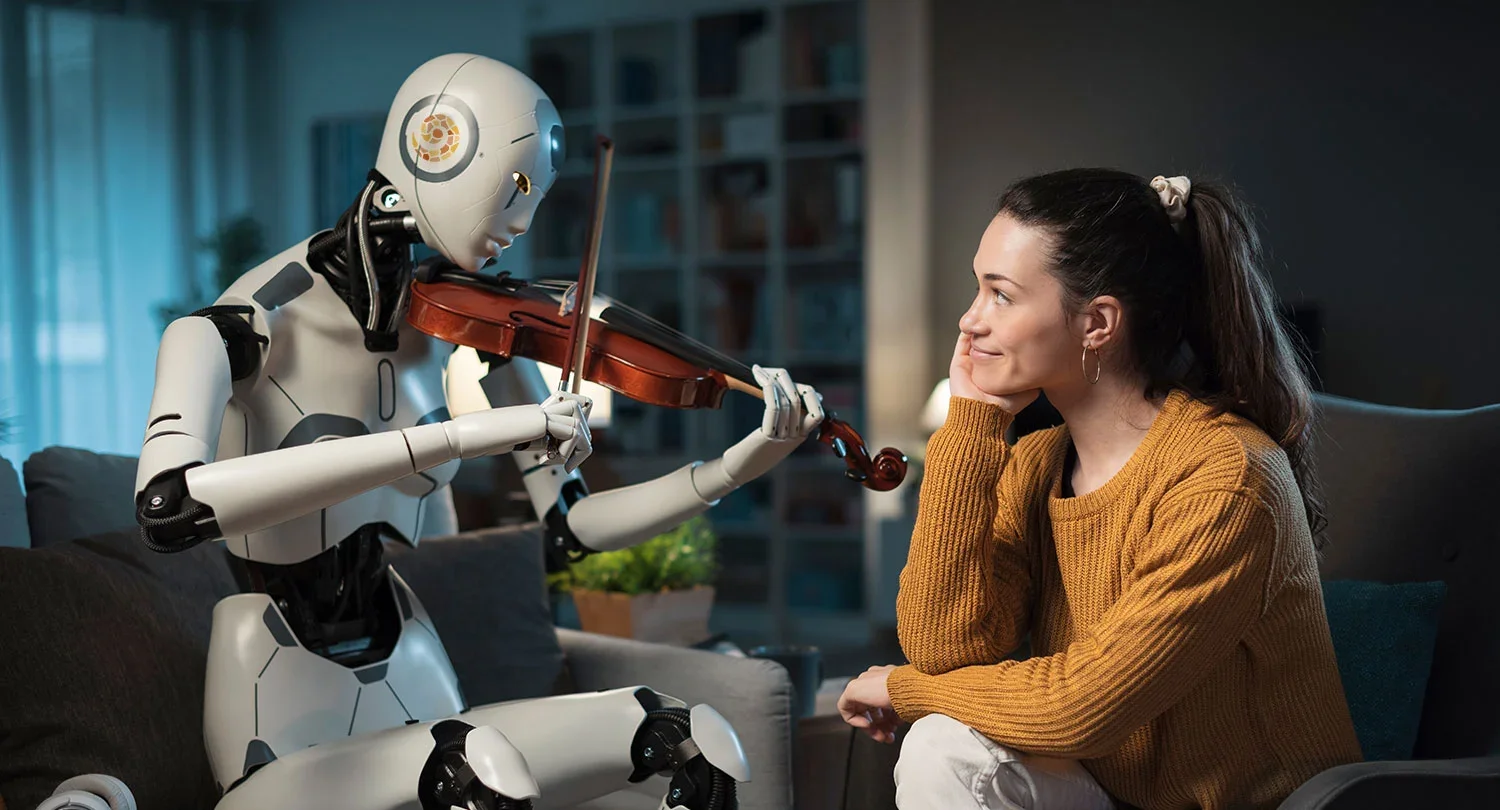
Is Music Education In Danger in the Age of AI? Absolutely Not.
This past year has been filled with news surrounding AI - simultaneously both exciting and scary. I’ve had countless conversations with friends and colleagues about the potential impact on society and our future - and rarely do those conversations sound optimistic. They usually revolve around people losing their jobs, music being “dumbed down”, the danger of losing of our ability to be creative, and many more not-so-nice visions of that future. I’ve been thinking non-stop about this subject since I first sat down with ChatGPT three years ago. I’ve realized in that time that we’ve been here before - not with generative AI - but with technology in general. Every time a new technology breaks through, someone predicts the end of something we value. Radio was supposed to kill live performance. Synthesizers were supposed to eliminate orchestras. Television and the internet were supposed to reduce the need for teachers. And now, AI is supposedly threatening education. I’ve heard music teachers (mostly private lesson teachers) talk about being replaced by robots or software that can teach students with unlimited patience and knowledge. In my opinion, the narrative is dramatic but completely backwards. Far from diminishing the importance of education, AI makes it more essential. Music strengthens the exact human skills that students will need most in the future: creativity, collaboration, adaptability, empathy, and the ability to make meaning from complexity. These aren’t just “nice-to-have” attributes, they’re the traits employers consistently name as the most valuable in an evolving, AI-saturated workforce. And more importantly, they are the qualities that make us distinctly human.
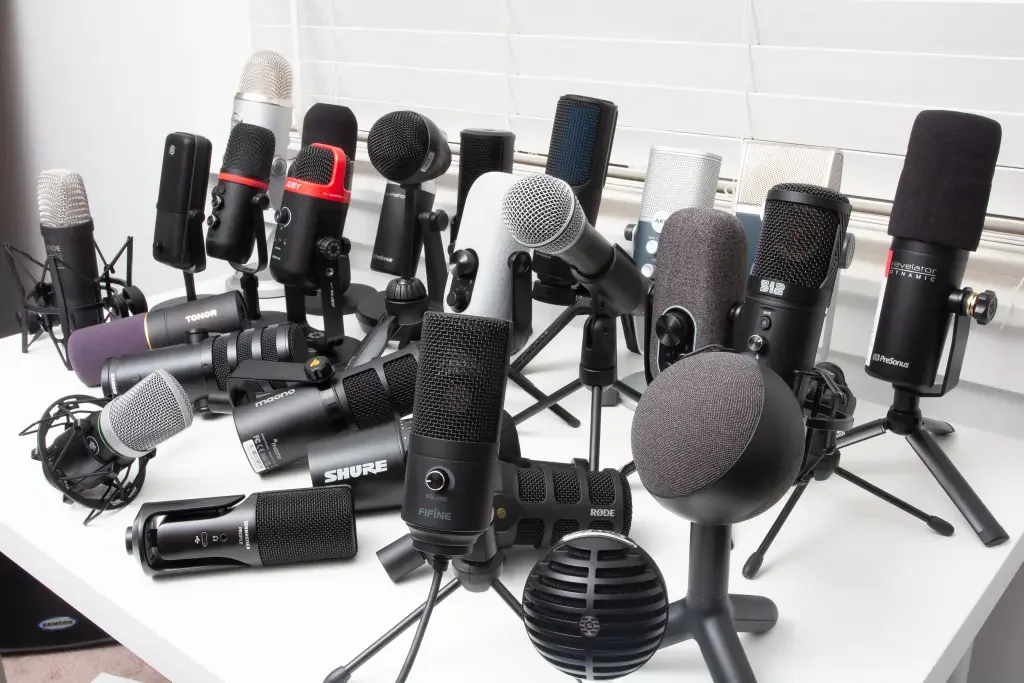
Why Every Music Educator Should Own a USB Microphone
I’m sitting here on a rainy Sunday in New York, watching my NY Jets struggle against the Atlanta Falcons, so I thought I would write a blog post about one of the most essential pieces of gear that I personally every music educator should have as part of their tech setup: a USB microphone. I know it may not sound as exciting as the latest AI-powered app or notation tool—but trust me, none of those tools reach their full potential unless the audio going into them is clean, clear, and musical. And that’s exactly what a good USB mic gives you. As music educators, we’re constantly recording: ourselves, our students, our ensembles, warm-ups, assessments, reference tracks, virtual lessons, interviews, even our own professional development sessions. We communicate musically every day, and relying on the mic in a laptop or phone is like trying to teach clarinet tone through a kazoo—it technically works, but not really that well. I record all of my podcast episodes over Zoom, and I guarantee if you’ve listened to a bunch of episodes, you can easily tell when someone used a USB microphone to record their voice, and when they didn’t.

What Could Closing the U.S. Department of Education Mean for Music Education?
If you’ve been watching the news lately, no doubt you’ve heard that the current administration is actively trying to shot down the US Department of Education (DoE). And if you’re anything like me (and many other educators) you’re probably concerned about what this might mean for teachers, students, schools, and more personally, music programs. While the rhetoric often simplifies the issue to slogans about “local control,” the reality is far more complex—especially for music educators. Imagining a future where DoE no longer exists isn’t just a thought experiment; it’s a chance to consider how deeply intertwined federal policy is with the health of our band rooms, rehearsal halls, and music tech labs nationwide.

S-Cubed in the MusicFirst Classroom: Perfect for Choral Music Educators
For secondary choral educators, sight-singing can feel like one of those perpetual uphill battles. You know it’s essential. You know it builds independent musicians. And you know that when students really understand how to decode notation, rhythm, and tonal relationships, your entire rehearsal experience transforms. But finding a curriculum that is both pedagogically sound and realistic for today’s diverse classroom can be a challenge. That’s why having S-Cubed: Sight Singing Program for Beginners available as included content directly inside the MusicFirst Classroom is such a great thing for choral music educators.

Building Better Sight-Readers with Sight Reading Factory and the MusicFirst Classroom
Today at the Iowas Music Educators Conference in Ames, Iowa, I am presenting a session titled Sight Reading Tips for Every Situation - the first time I’ve ever presented it. Whenever I have a new session to deliver, I spend HOURS crafting the sequencing of the session, as well as the slide deck - and this one was no different. And to be honest, getting a blog post out of this as well is a bonus :). This session called for me to not only highlight how MusicFirst can help music teachers help their students become better sight readers - it also called for practical pedagogical tips. That made me think, because for as long as I’ve been teaching and working with music educators, sight reading has remained one of the most essential (and often most challenging) skills we develop in young musicians. Whether it’s preparing a middle school band for festival or helping a high school choir confidently tackle new repertoire, strong sight-reading is foundational to musical literacy. Yet teachers repeatedly tell me they lack the time, differentiated materials, and consistent structure needed to truly build fluency.

Audio > Sheet Music: Meet Songscription
As someone who has spent my entire career at the intersection of music education and technology, I’m always intrigued, and often skeptical, when a new AI-powered tool promises to “revolutionize” the way we teach, learn, and create music. For many years now, the “Holy Grail” of music software is one that can convert an audio recording to sheet music. I’ve seen MANY come and go - and they usually go because publishers file lawsuits to stop those technologies the moment they are launched. Even so, two AI-powered solutions have come along recently: Klang.io and now Songscription. Songscription is one of the latest entrants in the rapidly expanding world of AI-generated notation, and while it certainly reflects the exciting direction our field is heading, it also illustrates just how much refinement is still needed before these tools can truly support the everyday realities of K–12 music educators.

Moises Now Available in the MusicFirst Classroom
MusicFirst is proud to announce that the AI-powered platform Moises, now fully integrated into the MusicFirst Classroom, is available at an exclusive introductory rate of $3 per student through March 31, 2026. After that date the price will move to $4 per student—still dramatically lower than the consumer retail annual rate of $39.99. From a personal standpoint, I am SO happy that we’ve made this happen. I am HUGE fan of this product and have been highlighting it as part of all my talks on generative AI over the past two years. I first met the folks from Moises at the APME Conference in Memphis, TN this past summer, and we’ve been working together to make this happen ever since. This is the first time that Moises has offered EDU pricing for the K-12 music education market, and I am thrilled that we are finally ready to bring it to music teachers around the world.

Ray Kurzweil: AI and the Future of Education
My brother Mark is the AV and Theater Operations Manager at the Trinity School in New York City. As part of his job duties, he helps produce a series of lectures by various luminaries. He recently invited me to one such lecture, given by Ray Kurzweil on AI and The Future of Education. For those of you who don’t know, Ray is a true Renaissance man - inventor of numerous technology devices that we use every day including OCR and text-to-speech, and founder of Kurzweil Music Systems (one of my favorite synthesizer brands). He is also one of the preeminent minds in the world of artificial intelligence. His book The Singularity is Near (2005) is perhaps one of the most important books on the topic of AGI (artificial general intelligence) and is often quoted whenever we talk or think about the future of AI. I was hoping that the lecture that I attended last night would answer a lot of questions about how educators should approach the use of AI in their classrooms and perhaps a look at what is coming. Instead, I left feeling more uneasy than ever and ultimately scared about the singularity and hoping it never happens for a variety of reasons.

Shakespeare Loves Charanga!
I woke up yesterday with reports from our partners in the UK, Charanga Music, with celebratory emails regarding the launch of their latest partnership, and this was a BIG one. Charanga teamed up with the Royal Shakespeare Company (RSC) to launch the “Shakespeare Curriculum,” a bold new digital platform that brings the power of theatre, language and creativity into the classroom in a transformational way. What makes this collaboration truly worthy of note—and of enthusiasm among school music, arts and general educators—is how it demonstrates Charanga’s platform is not only built for music but is fully adaptable. There were many luminaries at the launch event, including Dame Helen Mirren and Sir Ian McKellen!

When the AI Tops the Billboard Charts: What “Walk My Walk” Says About Music, Ethics, and Education
This morning while watching CBS Mornings, there was a story about the new number one hit on the Billboard Country Charts today (Digital Song Sales) - a song called “Walk My Walk” by a band called by Breaking Rust. The reason it was being featured? The song was 100% written by AI, and Breaking Rust doesn’t actually exist. For some reason, this is the straw that broke this camels’ back. While listening to Nate Burleson talk about a new category for Billboard called AI-Generated music, I felt something shift inside my brain. It’s not really about the technology — we all knew this was coming — but more about what we as a society consider music.
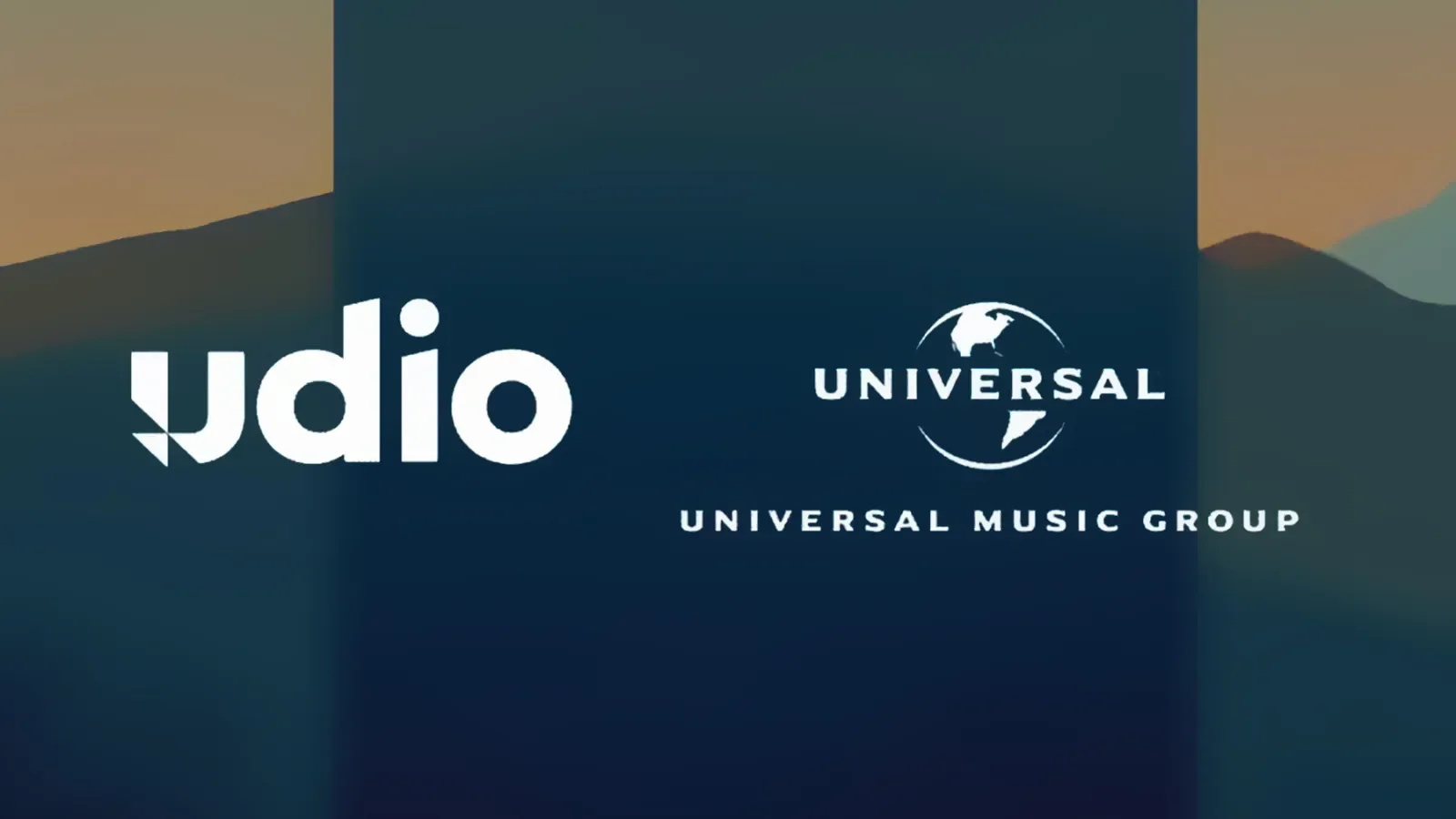
What the UMG/Udio Deal Means for the Music Classroom
The recent announcement that UMG and Udio have entered what is described as an industry-first licensed generative-AI music-creation platform gives us plenty to think about. On the face of it, the headline sounds bold: the major rights-holder has settled litigation with Udio, and then signed an agreement to collaborate on a new platform (scheduled for launch in 2026) that will use AI trained on authorized and licensed recordings and compositions. The promise is to create a “commercial music creation, consumption and streaming experience” in which users customize, stream and share music in a “responsible” environment with filtering, fingerprinting and other protections in place. And yet at the same time my skeptic alarms are ringing. For music educators, especially those working with middle and high school students, this development might raise more questions than answers: about creativity, about the role of the human being in music making, and about how we design learning experiences in the decades ahead.

What is Prop 28? A Practical Guide for Music Educators
If you teach music in a California public school, Proposition 28 has opened an extraordinary door - one that many of us never thought we’d see in our lifetimes. For the first time, California has created a dedicated and ongoing funding stream for arts education, including music. The goal is simple: make arts learning a permanent part of every student’s experience, not an optional extra that depends on a principal’s priorities or the success of the booster club’s last fundraiser. But while Prop 28 guarantees the money, it does not guarantee that music programs will automatically receive what they need. That part still requires thoughtful, professional advocacy from teachers. In this post, I’ll try to deliver a clear explanation of Prop 28, along with some practical strategies you can use to secure the materials, tools, and resources that will truly benefit your students.

Check out these YuStudio Updates!
YuStudio, an online DAW created by the wizards at Charanga, have just introduced some major enhancements that make student creativity and classroom music-making even more engaging and fun. Whether your students are learning about and exploring beat-making, composition, multimedia projects, or even sound design, these updates make the creative process faster, more intuitive, and more inspiring than ever. Over the past year, their team has launched several really cool new features, including an amazing sampler that I wrote about a few months ago. What follows is a quick update on the features they recently launched, and how they can be used with your students:
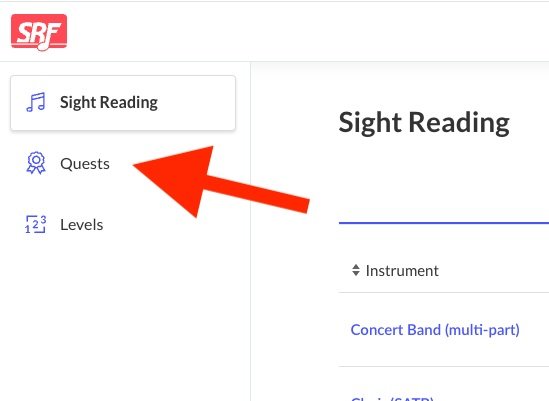
Sight Reading Factory Adds New Feature: Quests
Yesterday, I saw a Reel on Facebook from our very good friends at Sight Reading Factory showing a brand new feature called Quests. It is awesome. Music educators are always looking for that “next thing” to help engage their students, reinforce their skills, and make sight-reading practice feel less like a chore and more like an adventure. Quests adds a game-infused layer to their already robust sight-reading platform, and promises to deepen student engagement and boost musicianship. As the students that are in our classrooms are already well-versed on the idea of quests and streaks - especially with their games and social media use - I think that the students will love this. So what is a “Quest”? Think of it as a structured challenge: a sequence of sight-reading exercises fashioned together into a narrative or goal-based progression. Students aren’t simply generating one random exercise after another — they are embarking on a mission: advancing through levels, conquering assigned tasks, and earning a sense of accomplishment. Here’s a quick preview:
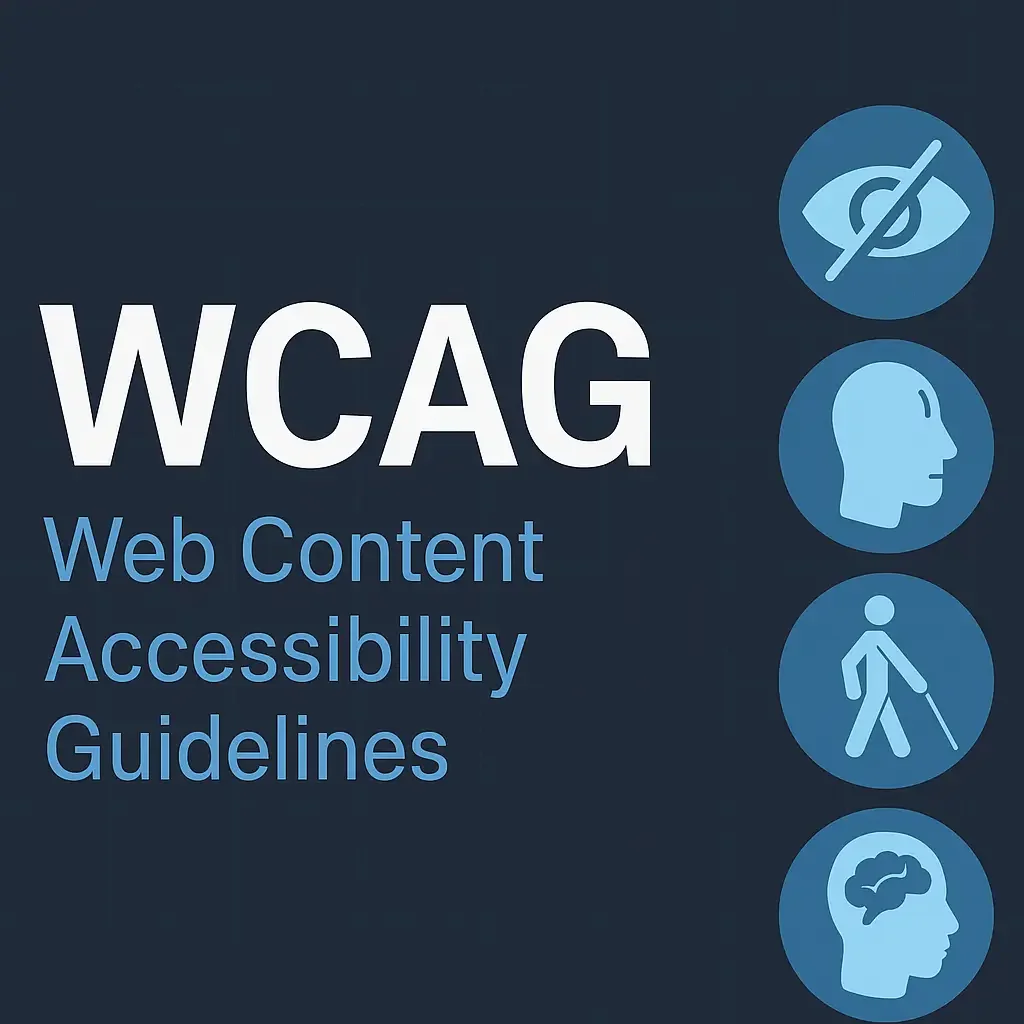
What is WCAG and Why Should You Care?
As music educators, we pride ourselves on creating inclusive, inspiring environments where every student feels seen, supported, and capable of success. We differentiate instruction, scaffold learning, and provide multiple avenues for musical expression — because we know that every child learns differently. But in our increasingly digital world, true inclusion extends beyond the physical classroom. It requires that the online tools we rely on are accessible to every learner — including those with visual, auditory, cognitive, and physical disabilities. That’s where WCAG comes in.